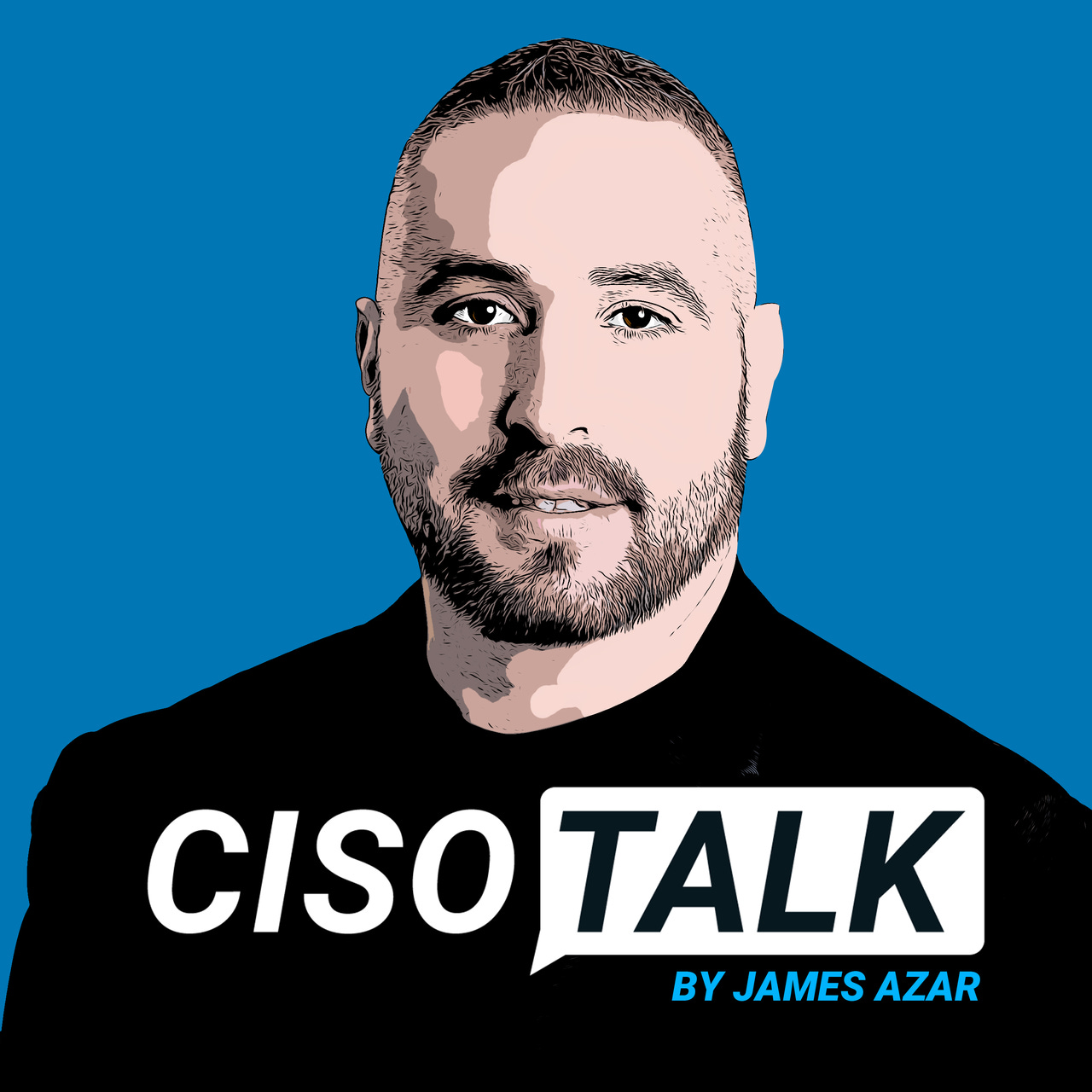James Azar begins the episode with an enthusiastic “Good morning, security gang,” along with an espresso toast. Battling through a recent bout with pneumonia, Azar delivers a show packed with cybersecurity updates, focusing on current developments in ransomware insurance disputes, international cyber-espionage, new Chinese malware, and emerging vulnerabilities.
Sinclair Broadcasting vs. Cyber Insurers
Sinclair Broadcasting is embroiled in a lawsuit against two of its cyber insurers, CNA and Star Indemnity, over non-payment for damages incurred during a ransomware attack in 2021. While Sinclair held a $50 million cyber insurance policy split across multiple insurers, CNA and Star Indemnity, covering the fourth and fifth policy layers, have disputed the $42 million business interruption claim, only recognizing $10.8 million. This legal dispute echoes similar battles faced by Maersk and Merck, revealing a significant trend where insurers deny coverage based on discrepancies in incident cost assessments.
Implications: Cyber insurance providers are increasingly scrutinizing claims, challenging organizations to evaluate and document their coverage expectations meticulously.
Russia and China’s Digital Espionage Campaign in the Netherlands
Dutch security officials are sounding alarms over a cyber-espionage campaign targeting the Netherlands, with state-sponsored attacks linked to Russian and Chinese actors. The Netherlands, a critical hub for underwater data cables and global commerce, presents an attractive target for both data disruption and manipulation. Chinese operations reportedly leverage academic partnerships as a cover for data exfiltration, as evidenced by China’s recent “Vault Typhoon” espionage initiative. The Dutch government, alongside other European nations, faces ongoing threats, with state-aligned disinformation campaigns and cyberattacks targeting governmental and commercial sectors.
Implications: The Netherlands’ strategic data infrastructure is increasingly vulnerable to espionage, especially given the unique risks tied to global internet connectivity.
China's Cloud Scout Cyber-Espionage Tool
Chinese APT group Evasive Panda has launched Cloud Scout, a cyber-espionage tool that infiltrates cloud-based platforms like Google Drive, Gmail, and Outlook by hijacking authenticated web sessions via stolen cookies. Written in .NET, Cloud Scout uses "pass-the-cookie" techniques to bypass authentication. This tool, with a modular design, works seamlessly with Evasive Panda’s proprietary MG bot malware framework, extracting email listings and cloud-stored documents. Data is exfiltrated as compressed archives, making it difficult to detect during transmission.
Implications: This advancement highlights the growing sophistication of Chinese espionage tactics targeting corporate and governmental data stored on popular cloud platforms.
WhiteRabbitNeo: Offensive Generative AI for Security Testing
WhiteRabbitNeo, a generative AI tool for offensive cybersecurity, is now available on Hugging Face. Designed to think like a red team expert, it identifies and exploits vulnerabilities in near real-time, enabling rapid exploitation testing. While intended as a defensive tool, White Rabbit Neo’s capabilities pose a dual-use dilemma: malicious actors could also leverage it to accelerate attack planning and vulnerability exploitation. White Rabbit Neo exemplifies a new wave of generative AI tools poised to shape the future of cybersecurity testing and red teaming.
Implications: The tool’s accessibility underscores the urgent need for dual-use policy considerations, as well as controls on generative AI capabilities in cybersecurity contexts.
LightSpy Malware Enhancements
The LightSpy malware, originally linked to Chinese threat actors targeting activists in Hong Kong, has evolved to include more destructive capabilities, now capable of compromising iOS devices up to the latest versions. Originally detected in 2020, LightSpy has recently been observed in attacks aimed at South Asian iOS users, with enhanced functionality for surveillance and potential device damage. Blackberry researchers point to evidence that the malware is state-sponsored, underscoring the strategic importance of mobile-based espionage.
Implications: LightSpy’s advancements reflect ongoing attempts by Chinese actors to expand surveillance across devices and geographic regions, signaling the importance of mobile device security.
High-Severity Chrome and Firefox Vulnerabilities
Google and Mozilla recently patched significant vulnerabilities in Chrome 130 and Firefox 132, including issues rated as high-severity. Mozilla also updated Thunderbird, addressing vulnerabilities across these platforms that could allow remote code execution and data breaches if left unpatched.
Implications: With popular browsers frequently targeted by attackers, timely patching is essential to mitigate these evolving threats.
QNAP Zero-Day Vulnerability Exploited in NAS Devices
A critical zero-day vulnerability affecting QNAP NAS devices was exploited during a recent Pwn2Own hacking competition. This vulnerability, caused by OS command injection flaws in the Hybrid Backup Sync module, was promptly patched by QNAP in response.
Implications: Data backup and disaster recovery solutions need regular monitoring and updating, given the growing prevalence of vulnerabilities in these systems.
Russian InfoStealer Developer Exposed
U.S. authorities have indicted Russian national Maxim Rodomatov, the alleged developer of RedLine InfoStealer malware, which exfiltrates sensitive data from compromised devices. His identification resulted from security oversights, including using a personal dating profile linked to his hacking pseudonym.
Implications: This case highlights the risks of operational security lapses and underscores the need for continuous threat monitoring.
NTLM Hash Coercion Attack on Windows
A new NTLM vulnerability affecting all Windows versions was discovered, allowing NTLM hash capture through a technique called authentication coercion. Acro Security researchers found this vulnerability while testing Microsoft’s patch for a similar flaw from July.
Implications: This ongoing NTLM vulnerability reinforces the necessity of vigilant identity and access management practices, especially in Windows environments.
Italian Private Intelligence Scandal and Data Breach
Italian investigators have uncovered a major data breach involving a private intelligence firm allegedly gathering data on over 800,000 Italian citizens. The agency reportedly compiled dossiers on public officials and businesspeople, potentially for political purposes.
Implications: The scandal exposes risks within private intelligence operations and underscores the importance of regulatory compliance for cybersecurity firms conducting threat intelligence and data collection.
Final Takeaway for Cybersecurity Professionals
Cyber Insurance: Partner closely with legal and finance teams to draft robust cyber insurance policies. Clearly document coverage scope, business interruption limits, and any exclusions that may impact payouts during major incidents.
Data-Centric Defense: Bolster cloud session security with multi-factor authentication (MFA), monitor session cookies, and employ robust endpoint detection for cloud platforms susceptible to advanced espionage tools like Cloud Scout.
Generative AI Caution: Use AI tools like White Rabbit Neo responsibly, balancing offensive security needs with rigorous monitoring to prevent potential misuse by threat actors.
Patch Management: Establish streamlined patching protocols for all systems, especially widely-used browsers like Chrome and Firefox, and backup devices vulnerable to zero-day exploits.
Mobile Threat Protection: Enhance mobile device management (MDM) systems, particularly for organizations with staff in high-risk regions, to defend against evolving threats like LightSpy.
Employee OPSEC: Train staff on operational security practices to prevent data leaks from personal accounts or social profiles linked to work activities.
NTLM and Identity Security: Implement alternative authentication protocols and strengthen identity and access management for systems vulnerable to NTLM hash capture.
These practices collectively support a resilient, responsive cybersecurity posture, mitigating risks across insurance, espionage, software vulnerabilities, and data protection.
✅ Story Links:
https://therecord.media/china-russia-cyberattacks-targeting-netherlands
https://www.darkreading.com/cloud-security/china-evasive-panda-apt-cloud-hijacking
https://www.securityweek.com/recent-version-of-lightspy-ios-malware-packs-destructive-capabilities/
https://www.securityweek.com/google-patches-critical-chrome-vulnerability-reported-by-apple/
https://therecord.media/redline-infostealer-malware-criminal-complaint-maxim-rudometov
🔔 Subscribe now for the latest insights from industry leaders, in-depth analyses, and real-world strategies to secure your digital world. https://www.youtube.com/@TheCyberHubPodcast/?sub_confirmation=1
✅ Important Links to Follow:
👉Substack:
👉Listen here: https://linktr.ee/cyberhubpodcast
✅ Stay Connected With Us.
👉Facebook: https://www.facebook.com/CyberHubpodcast/
👉LinkedIn: https://www.linkedin.com/company/cyberhubpodcast/
👉Twitter (X): https://twitter.com/cyberhubpodcast
👉Instagram: https://www.instagram.com/cyberhubpodcast
✅ For Business Inquiries: info@cyberhubpodcast.com
=============================
✅ About The CyberHub Podcast.
The Hub of the Infosec Community.
Our mission is to provide substantive and quality content that’s more than headlines or sales pitches. We want to be a valuable source to assist those cybersecurity practitioners in their mission to keep their organizations secure.
Tune in to our podcast Monday through Thursday at 9AM EST for the latest news.
















Share this post